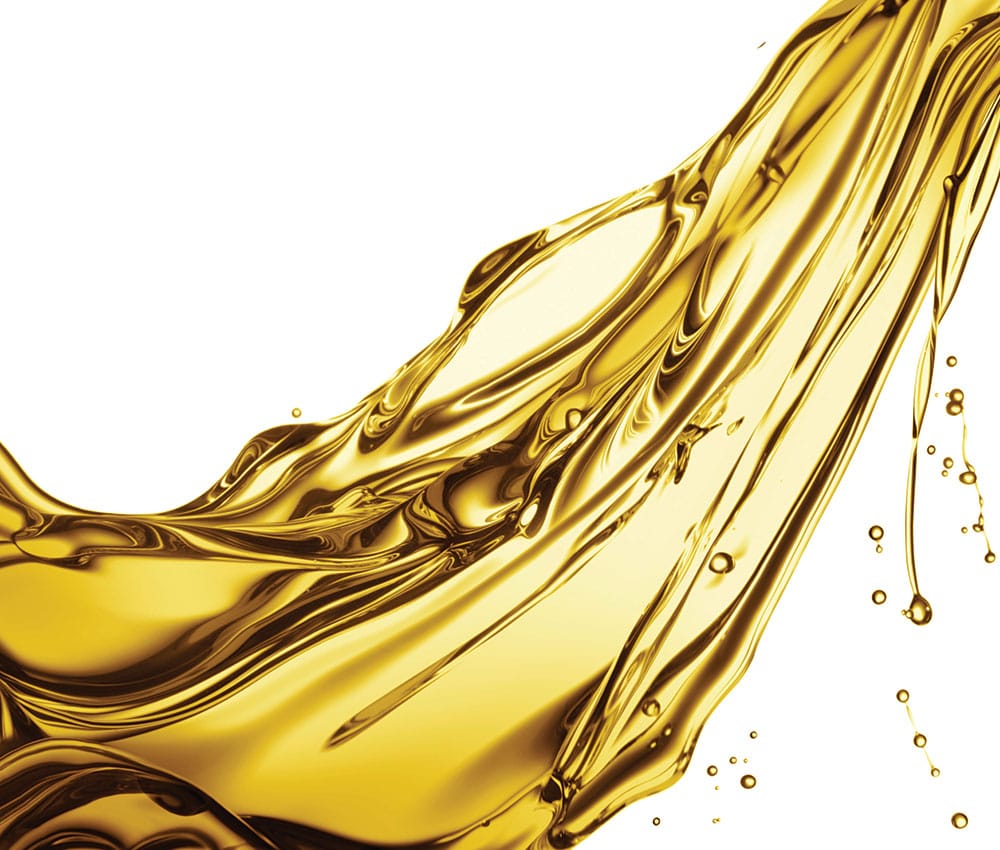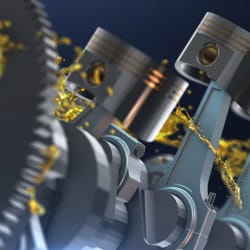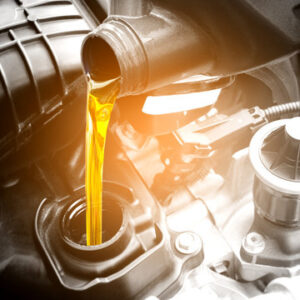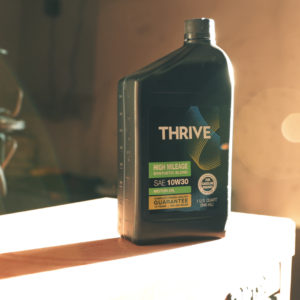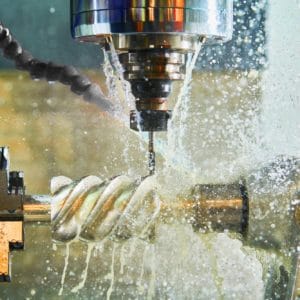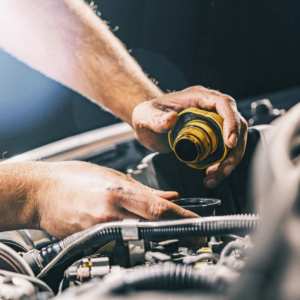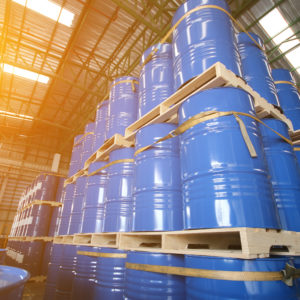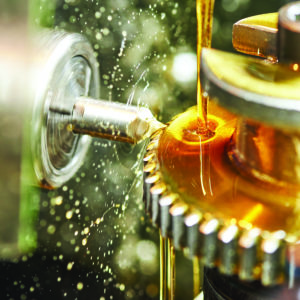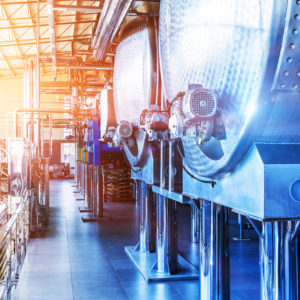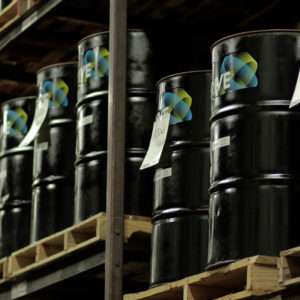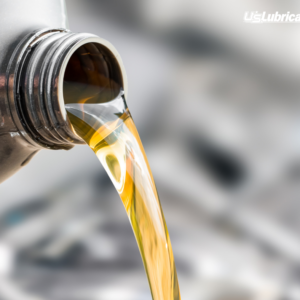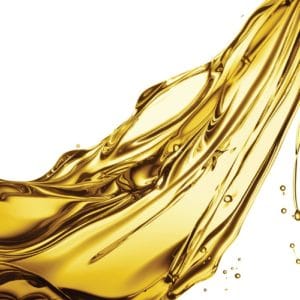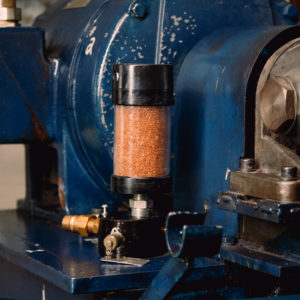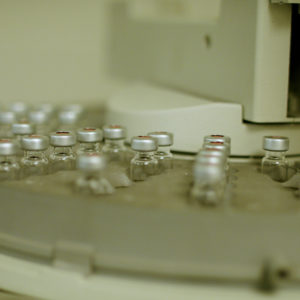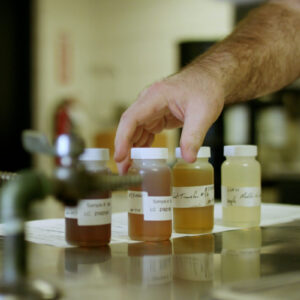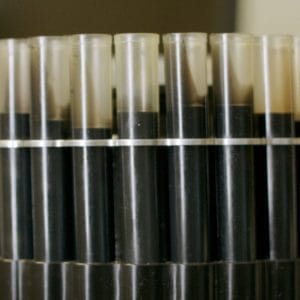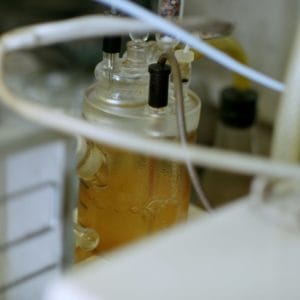Contamination is often found in headspace that is not managed properly. If contaminates are found, devices such as expansion chambers, desiccant breathers, or hybrid systems can be implemented to help manage contaminants. Routine oil analysis programs help to identify contamination and provide a substantial amount of value, increasing the reliability of lubricants, by identifying chemical degradation. This can then be managed through filtration practices or fluid changeouts. The rate of chemical degradation exponentially increases with the presence of contaminants, such as water, metals, and temperature.
Headspace is the atmosphere above the oil fluid level, constantly changing depending on fluid volumes and temperatures as the fluid moves through the system.
How do Contaminants Enter Headspace?
One of the ways contaminants can enter the headspace is through volume displacement, which draws in or expels gas from the fluid sump. When this action occurs, contaminants present in the surrounding environment will be introduced into the sump, eventually finding their way into the fluid and onto your analysis report. Being proactive in managing the contaminants present in the headspace means controlling the contaminants outside of the sump, and more importantly the atmosphere entering the sump.
How to Control the Headspace
To control the headspace, you will need to either regulate the quality or the volume of the atmosphere being exchanged. Using an expansion chamber can compensate for headspace contraction and expansion while limiting the exchange of atmosphere outside of the sump. Another option would be using a desiccant breather filter system. A desiccant breather inhales or exhales air through a desiccating media, which attracts and absorbs moisture, helping to keep the headspace dry. Hybrid systems are also on the market that limit the volume and actively remove contaminants from the atmosphere.
Now What?
Cleanliness outside of the sump is very important. Removing dust, debris, pooled water, or other visible contaminants from the location of the sump(s) is one easy practice to implement. Unfortunately, the human eye can only distinguish particle sizes 40 microns and greater. Depending on the type of system, the film thickness protecting the metal surface can run less than one micron. Consequently, a gap exists between perceived and unobvious contaminants. For this reason, best practices recommend using the appropriate equipment to manage the fluid and headspace, while also maintaining a clean environment around lubrication systems.
Conclusion
The best way to maximize longevity of lubricants is to keep your fluids cool, clean, and dry. Oil analysis is important to any lubricant program. To improve the quality of your lubricant, including the headspace, reach out to your lubricant expert. Using a combination of routine oil analysis and filtration will increase the reliability of your lubricants, by identifying chemical degradation, ultimately keeping your equipment running smoother, longer.
About the Author:
 Joe Leistikow
Joe Leistikow
Technical Manager
Joe Leistikow is the Technical Manager for U.S. Lubricants. Previous to U.S. Lubricants, Joe was a Contracted Program Manager at Mercury Marine as well as holding positions within Sigma-Aldrich. Chemistry graduate from Ripon College, Joe also holds MLT/MLA 1 certifications. You can find Joe on LinkedIn.


